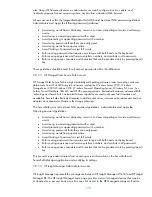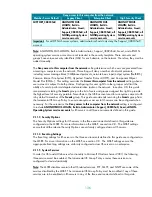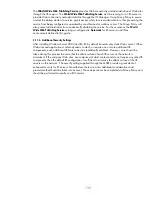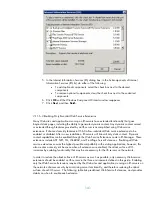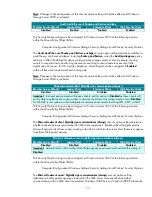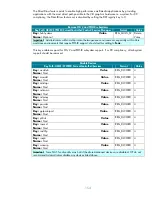
142
2.11.6.3
Placing Content on a Dedicated Disk Volume
IIS stores files for its default Web site in the <systemroot>\inetpub\wwwroot, where <systemroot> is
the drive on which the Windows Server 2003 operating system is installed. Place all files and folders
that make up Web sites and applications on dedicated disk volumes on IIS servers in the three
environments defined in this guide. Placing these files and folders on a dedicated disk volume that
does not contain the operating system on an IIS server helps prevent directory traversal attacks.
Directory traversal attacks involve an attacker sending requests for a file located outside the directory
structure of an IIS server.
For example, cmd.exe exists in the <systemroot>\System32 folder. An attacker could make a request
to the following location:
..\..\Windows\system\cmd.exe (in an attempt to invoke the command prompt)
If the Web site content is on a separate disk volume, a directory traversal attack of this type would not
work for two reasons. First, permissions on cmd.exe have been reset as part of the base build of
Windows Server 2003, restricting its access to a much more limited group of users. Second, after
making this change, cmd.exe does not exist on the same disk volume as the Web root, and there are
currently no known methods to access commands on a different drive using such an attack.
In addition to security concerns, placing Web site and application files and folders on a dedicated
disk volume makes administration tasks, such as backup and restore, easier. Furthermore, placing
this type of content on a separate, dedicated physical drive can help reduce disk contention on the
system volume and improve overall disk-access performance.
2.11.6.4
Setting NTFS Permissions
Windows Server 2003 examines NTFS file system permissions to determine the types of access a user
or a process has on a specific file or folder. NTFS permissions should be assigned to grant or deny
access to specific users for Web sites on IIS servers in the three environments defined in this guide.
NTFS permissions should be used in conjunction with Web permissions, not in place of Web
permissions. NTFS permissions affect only the accounts that have been granted or denied access to
the Web site and application content. Web site permissions affect all users who access the Web site
or application. If Web permissions conflict with NTFS permissions for a directory or file, more


